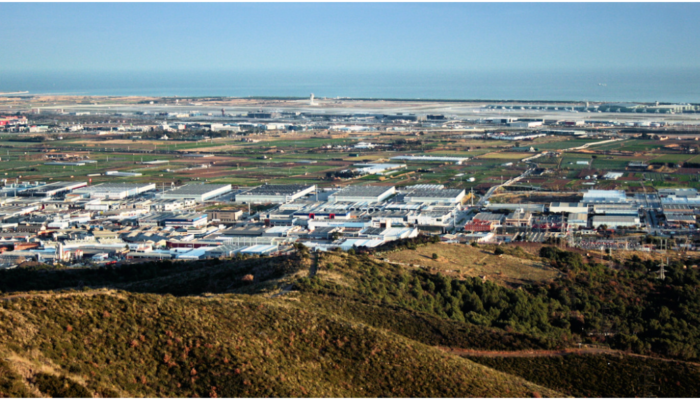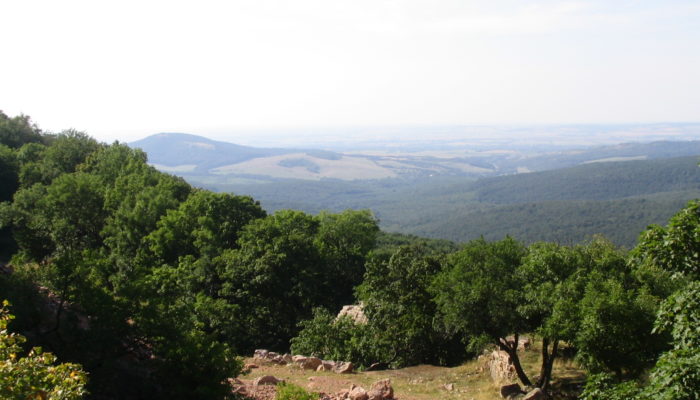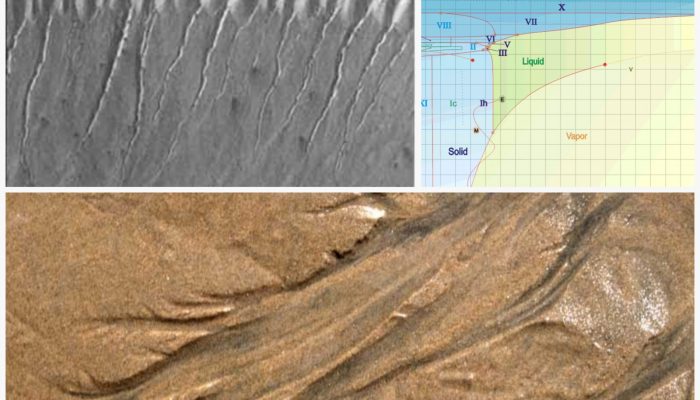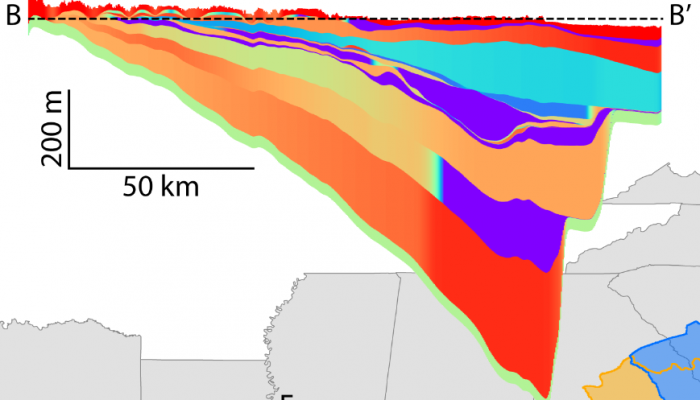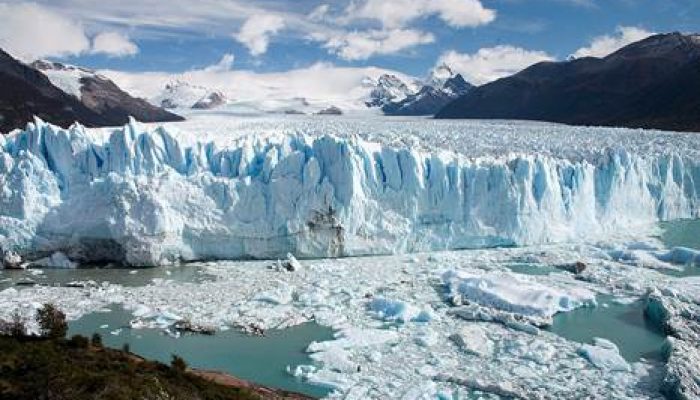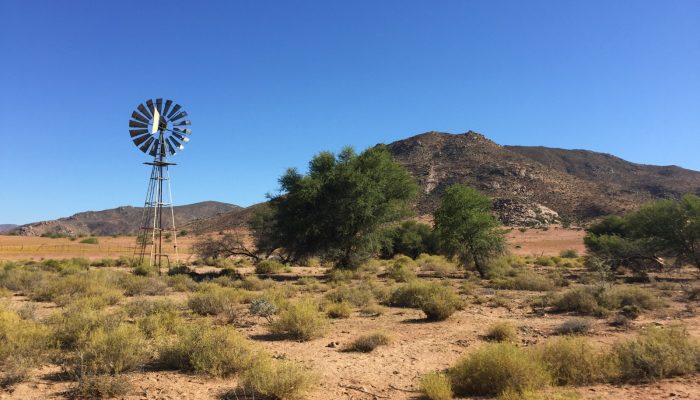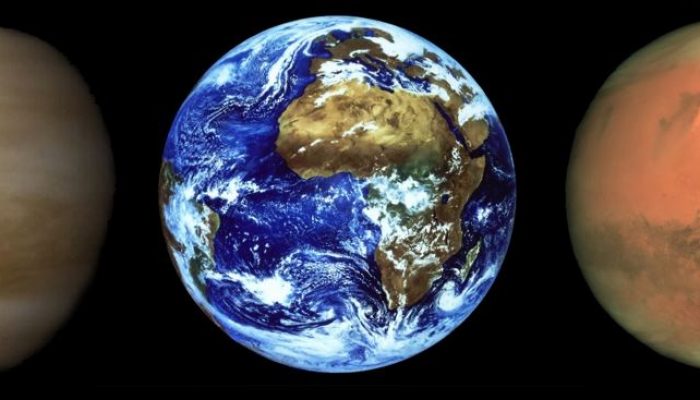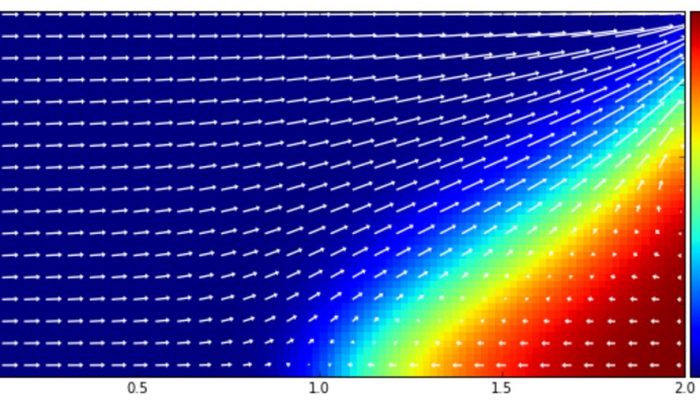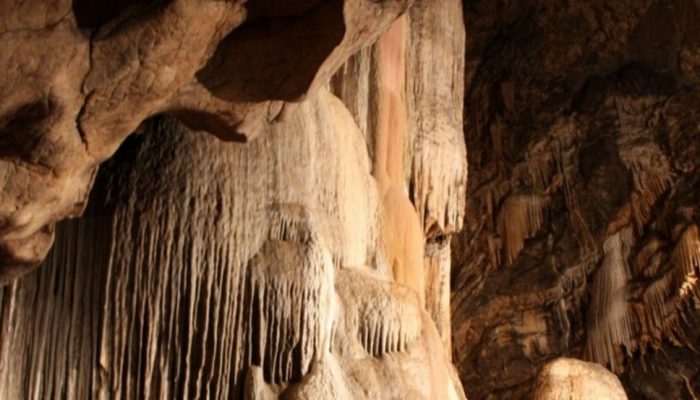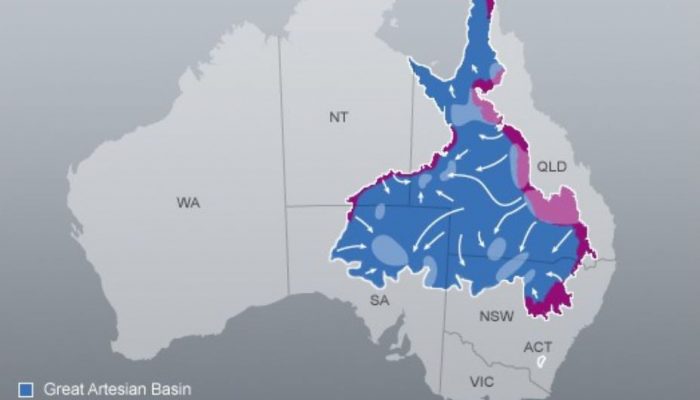Guest contribution from Daniel Kretschmer, University of Potsdam European groundwater quality is deteriorated by seawater intrusion, the displacement of freshwater by a landward movement of seawater (Custodio, 2010). Just south of Barcelona, the deep confined aquifer at the Llobregat river delta has experienced SWI of several kilometers due to intensive groundwater abstraction in the 20th century ...[Read More]
Why so salty? Coastal groundwater quality under threat
